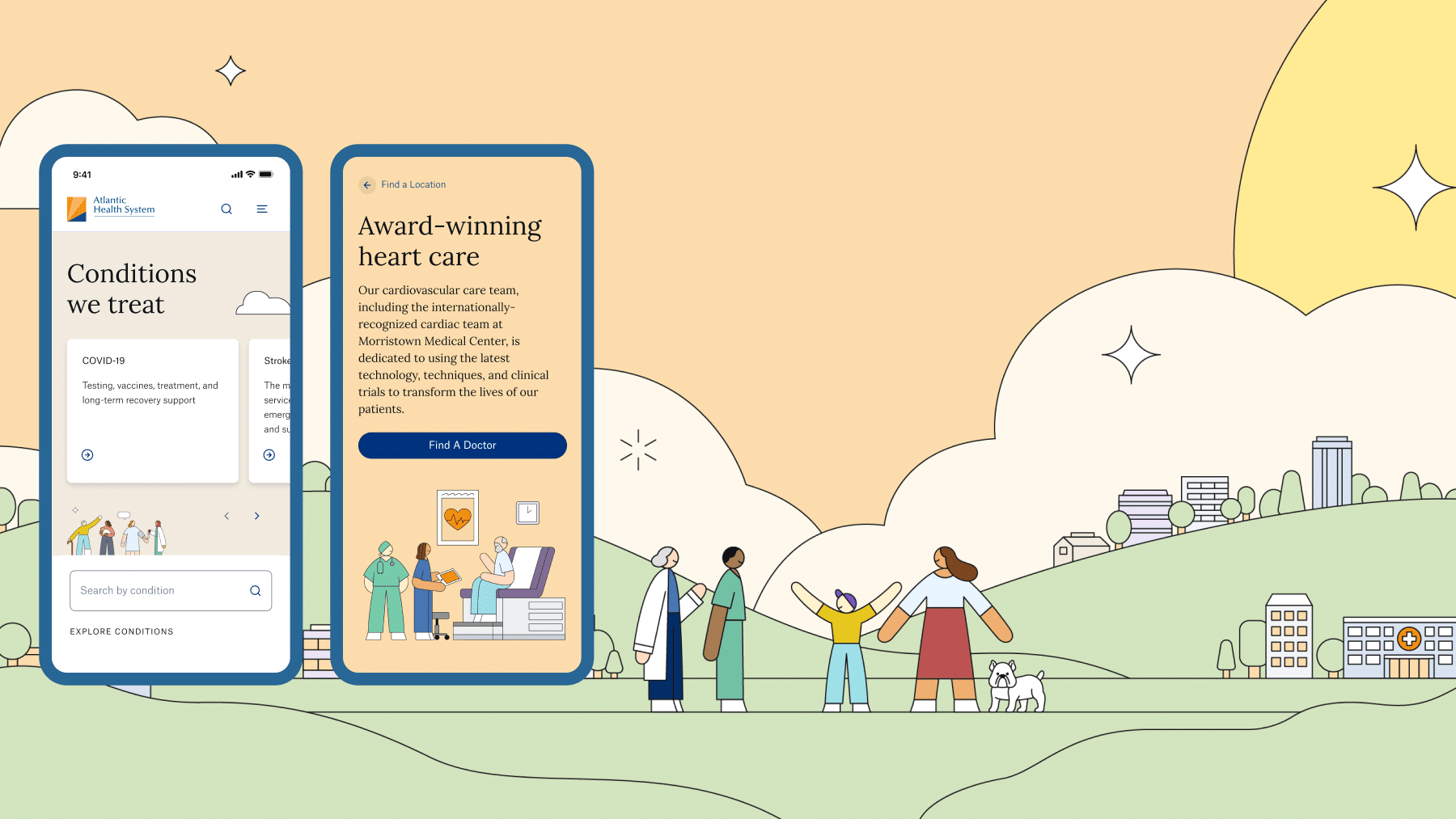As published in the Enterprise Project, Owen Frivold, EVP of Strategy at Hero Digital, gives his insights for what questions CX leaders should ask when building a successful CX strategy. Read Owen’s insightful commentary below.
”
The pressure is on for companies to deliver a top-notch customer experience (CX). But to deliver a high-quality and holistic CX, you need to invest in the right data and technology. For IT leaders facing an abundance of options, investing in technology to enhance CX can feel like a gamble. Today’s increasingly complex digital landscape requires much more than legacy CX initiatives. You need a strategy that enables you to collect the right information about the right people, and the right technology to make it happen.
Customer experience (CX) planning: 5 questions
Whether you’re seeking enhanced analytics or an experience management tool, answering the following questions can help you evaluate your options.
1. Do you have a solid CX strategy?
Before investing in any technology, you need to nail down your CX strategy. There are several factors to consider, including competitor and marketplace data, along with information about current customers – specifically, what do they value most about your business? Your strategy should include your CX mission and vision, how you’ll measure customer satisfaction, and business objectives. You also need to communicate the strategy across the entire organization so your people and processes are aligned.
2. What problems are you trying to solve?
Are you trying to deliver personalization at scale or are you trying to improve responsiveness to quickly resolve customer inquiries? Identifying the specific issue, you’re trying to solve can help you determine which technologies are best suited to your needs and avoid unnecessary purchases. You also need to pinpoint how the specific technology or platform will help solve this problem.
3. What is your expected ROI?
In addition to considering your technology budget, you need to specify how you’re going to measure your return on investment. In terms of revenue and decreased operational costs, how long will it take to see ROI? What will the payoff be? Will it manifest itself in new customers? ROI is important for securing buy-in because it enables you to demonstrate the tangible impact the technology will have on your organization’s bottom line.
4. How will new technology integrate with your existing tools and processes?
Before deciding which technologies you want to adopt, consider how they will work with your existing tech stack. Will you need to completely replace your systems, or will they work hand-in-hand with the new technology? Unless you are willing to implement an entirely new system, make sure you are able to seamlessly integrate technology before investing. You’ll also want to ensure you have the necessary skills to support your new technology.
5. How will you measure the success of your new technology?
Measuring CX success can be complicated: You will likely have a volume of qualitative and quantitative data to analyze. But the metrics that determine the success of your technology will depend on the problem you’re aiming to solve. Whether you use customer satisfaction (CSAT) scores or reduced customer churn, it’s critical to identify clear and measurable KPIs before implementing new technology.
Data-driven CX: Strategy first
In a digital world in which new technologies are constantly entering the market, you must be able to determine which are worth your investment. Before even thinking about new technology, however, map out a solid strategy and ask critical questions about what you want and how you will measure its success.
”
Interested in surfacing actionable customer insights that inform the right actions across the multi-channel journey? Learn more about our Hero Customer Intelligence solution and reach out to chat with us about your data initiatives.







